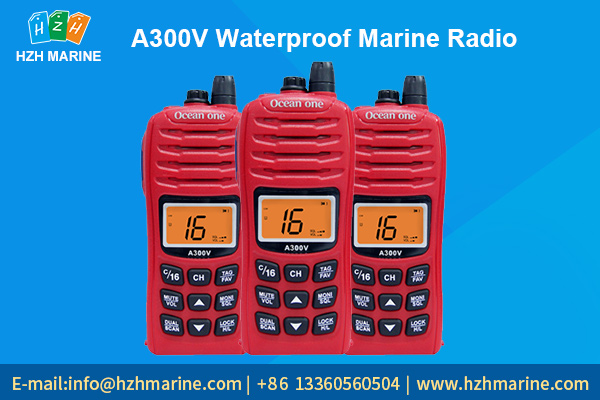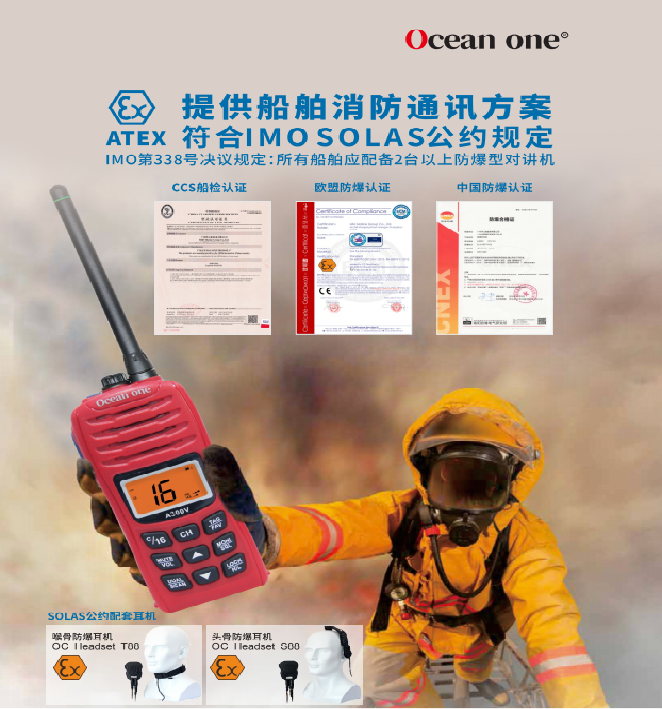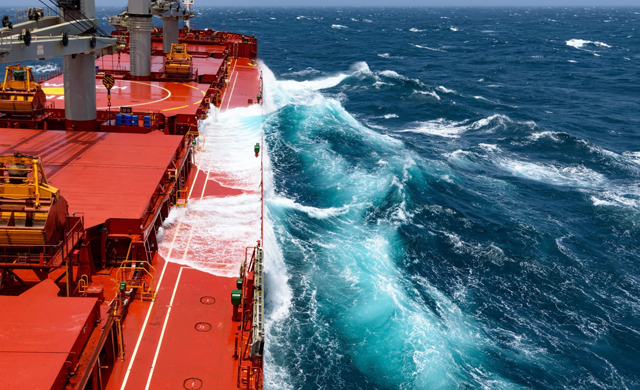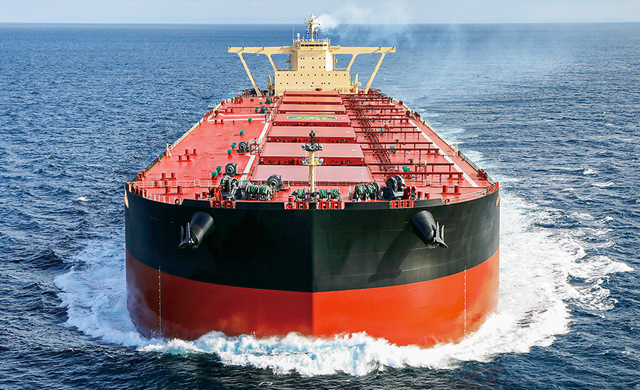marine radio frequency modulation
Marine radio frequency modulation refers to the radio communication method that uses the very high frequency (VHF) dedicated frequency band to transfer communications between ships, within ships, between ships and shores, or via shore stations and land. It is widely used in ship avoidance, maritime management, port production scheduling, ship internal management, distress search and rescue, and safety information broadcasting. It is one of the important means to ensure water traffic safety.
According to the International Maritime Organization (IMO) and national standards, the operating frequency range of maritime very high frequency (VHF) is 156.025 MHz to 163.275 MHz, which is divided into 88 channels. Among them, channel 16 is a channel reserved for distress and safety calls, and can also be used to call other ships and contact land radio stations; channel 70 is a VHF digital selective calling (DSC) distress alarm channel; other channels are used according to different purposes and area to allocate
When using marine radio frequency modulation, the following principles should be followed:
Distress calls or messages have absolute priority over all other communications. When a distress call or message is received, all other transmissions should cease and listen.
Listen to make sure the channel is not occupied before communicating. This will avoid unnecessary communication interference.
Speak concisely and try to keep the duration of each launch as short as possible.
When a ship or crew encounters an emergency such as distress, channel 16 can be used to call for help. The ship's name, longitude and latitude, general description of the ship and the dangerous situation should be reported. Speak slowly and clearly, and wait for a response from the search and rescue service or coast radio. If no reply is received, continue calling for help as above.
A common way to ensure that important information is transmitted intact is to activate Digital Selective Calling (DSC) on VHF equipment.
The use of maritime VHF communications should try to avoid the following situations: making calls other than distress, emergency and very important safety communications on channel 16 when other channels are available; making communications unrelated to safety and navigation on the port operation channel; Non-important sending.
Communication should be carried out on the channel marked by the shore station, and the communication instructions issued by the shore station should be obeyed.
Any ship under way must be kept on watch. An uninterrupted watch is to be maintained on VHF channel DSC 70 and, where feasible, also on VHF channel 16.
For more information about marine radio frequency modulation,welcome to info hzhmarine com /+86 13360560504 Contact HZH MARINE GROUP






































